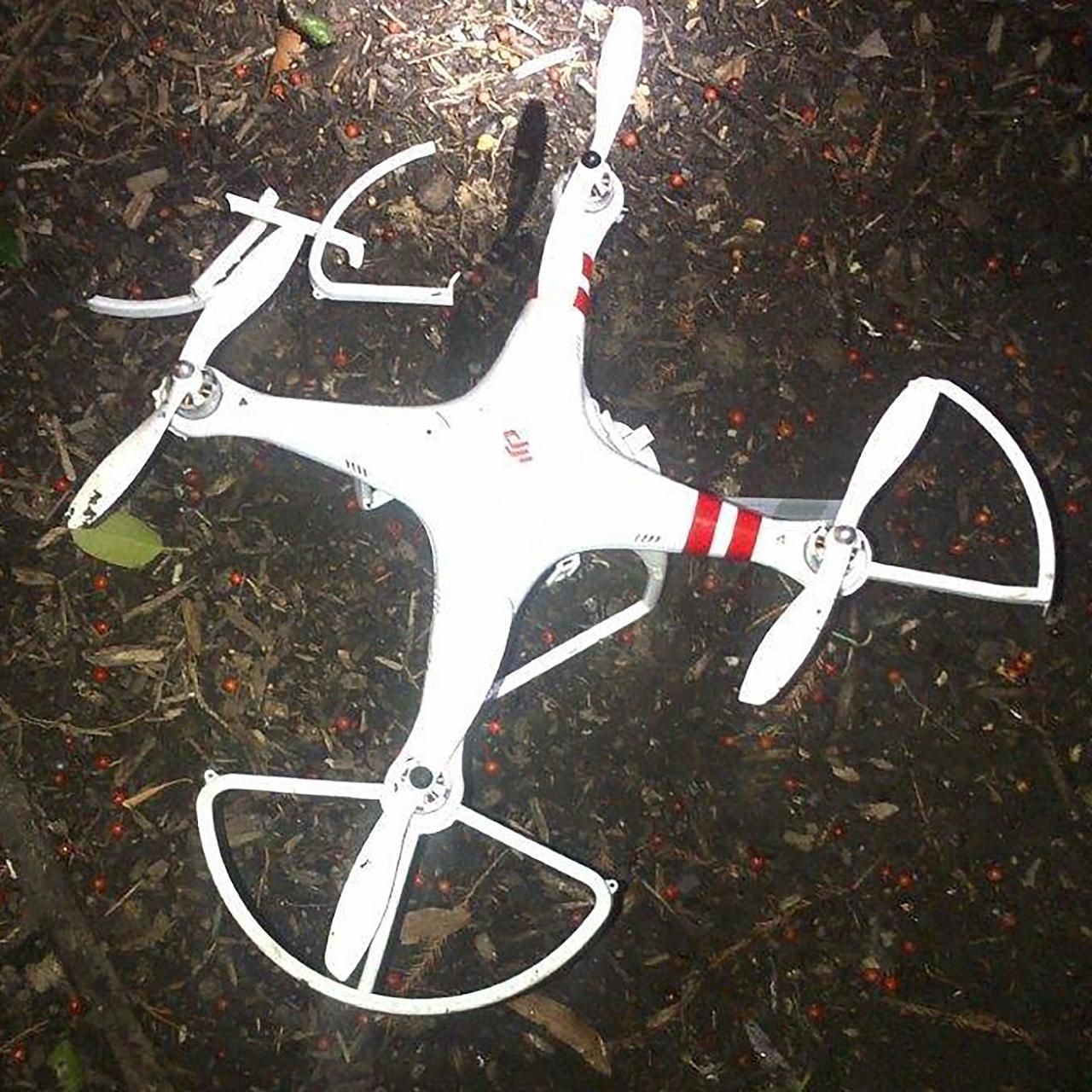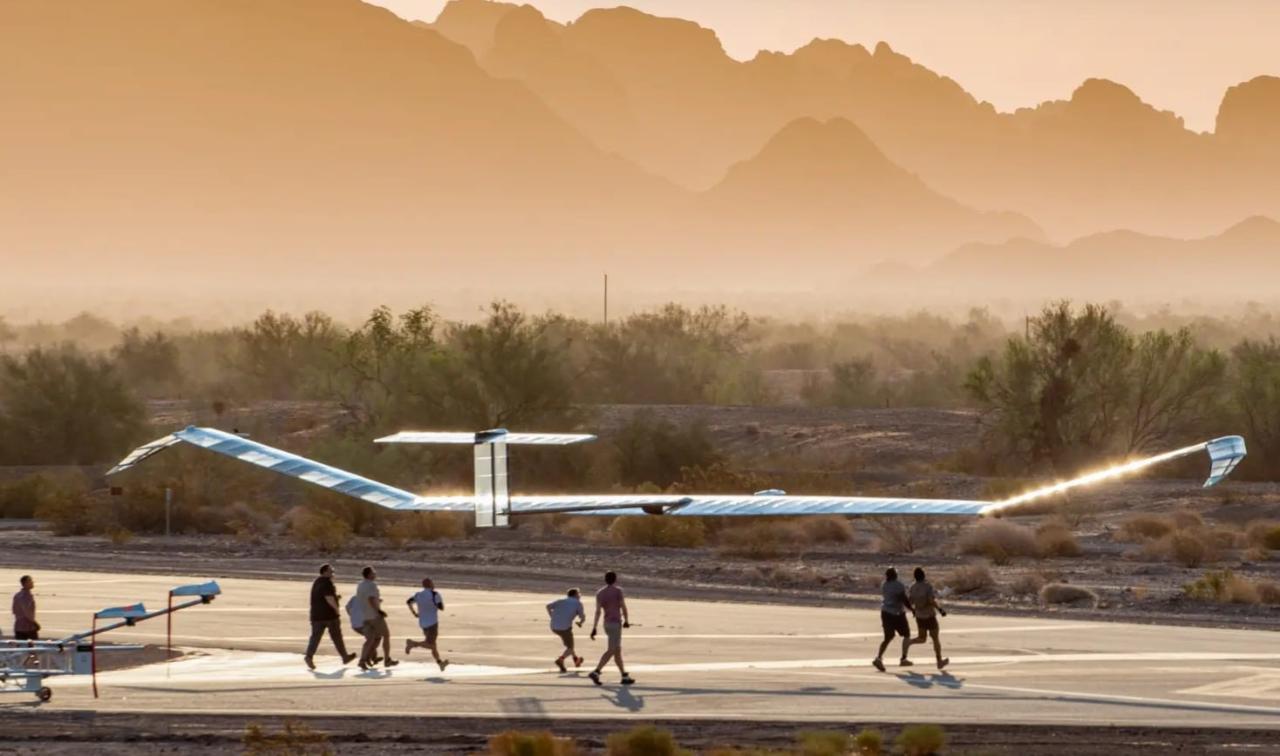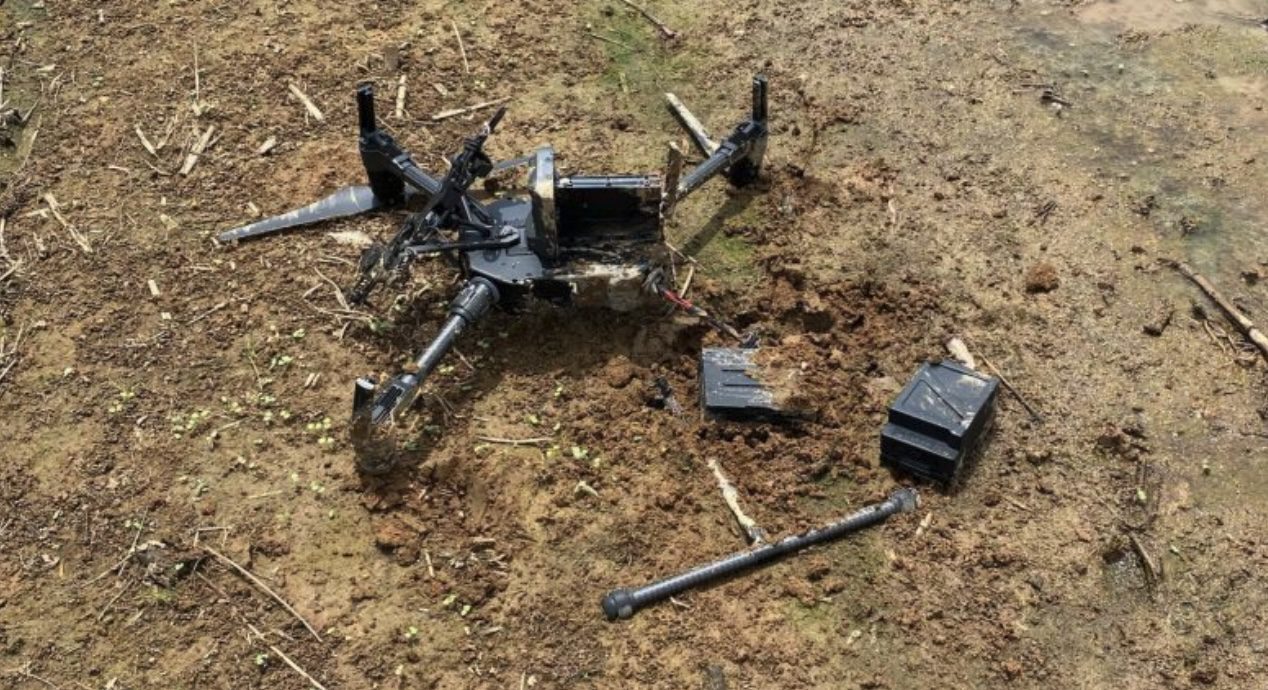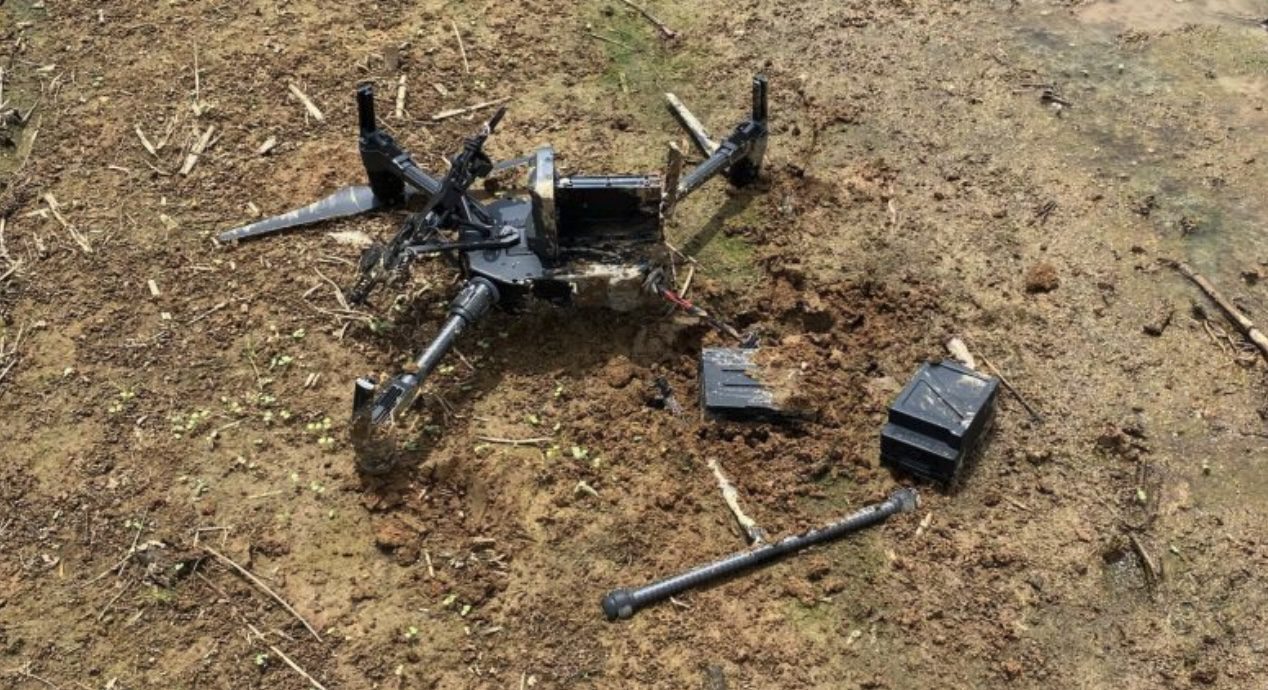Drone crash Paris – the headline alone sparks intrigue. This incident, a jarring reminder of the potential dangers of increasingly ubiquitous drone technology, deserves a closer look. We’ll unravel the circumstances surrounding the crash, exploring potential causes, investigating the aftermath, and examining the legal and regulatory implications. Prepare to delve into a detailed examination of this significant event.
This investigation will cover everything from the specifics of the drone and its intended flight path to the official investigation’s findings and the resulting impact on drone regulations in Paris and beyond. We’ll also explore public reaction and the media’s portrayal of the incident, painting a complete picture of this complex event.
Drone Crash in Paris: A Detailed Analysis
This article provides a comprehensive overview of a drone crash incident in Paris, examining the circumstances, impact, investigation, legal aspects, public perception, and potential preventative measures. We will analyze the event to understand the contributing factors and explore ways to improve drone safety regulations and technology.
Incident Details: Drone Crash in Paris
Let’s delve into the specifics of the drone crash incident. While precise details may vary depending on the specific incident being referenced (as multiple incidents may occur), a hypothetical scenario will illustrate the typical elements involved.
Assume the crash occurred on October 26, 2024, at approximately 14:30 local time, near the Eiffel Tower. The drone involved was a DJI Mavic 3, known for its high-resolution camera and long flight time. It was reportedly being operated by a freelance photographer intending to capture aerial shots of the iconic landmark. Potential causes of the crash could include mechanical failure, such as a sudden loss of motor power, or human error, like exceeding the drone’s operational limits or losing control due to signal interference.
A possible timeline might be: 14:25 – Drone launched; 14:30 – Crash occurs; 14:32 – Emergency services arrive; 14:45 – Area secured.
Impact and Consequences
The immediate impact of the crash is analyzed here. The hypothetical scenario focuses on the consequences following the drone crash near the Eiffel Tower.
The crash caused minor property damage, primarily to a nearby flower stall. Fortunately, there were no injuries or casualties. However, the incident briefly disrupted pedestrian traffic in the immediate vicinity while emergency services secured the area and cleared the debris. No significant disruptions to public transportation were reported.
Investigative Procedures

The investigation into the drone crash involved a multi-step process.
Authorities secured the crash site, collecting evidence such as the drone’s wreckage, flight logs (if recoverable), and witness statements. They analyzed the drone’s components to determine if mechanical failure contributed to the crash. Data from the drone’s flight controller (if available) would be examined to reconstruct the flight path and identify any anomalies. The operator’s qualifications and adherence to regulations would also be investigated.
| Date | Time | Action Taken | Personnel Involved |
|---|---|---|---|
| October 26, 2024 | 14:32 | Crash site secured; first responders arrive | Police, paramedics |
| October 26, 2024 | 15:00 | Drone wreckage collected; witness statements gathered | Police, investigators |
| October 27, 2024 | 09:00 | Drone components analyzed | Aviation experts, technicians |
| November 5, 2024 | 11:00 | Preliminary report issued | Investigating team |
Regulatory and Legal Aspects, Drone crash paris
The legal framework surrounding drone operation in Paris is examined here.
Paris, like many major cities, has strict regulations regarding drone operation, including designated no-fly zones near landmarks and airports. Violations can lead to hefty fines and potential legal action against the operator. The legal ramifications for the operator in this hypothetical scenario would depend on the findings of the investigation. If the operator violated regulations, they could face significant penalties.
Compared to other major cities, Paris’s regulations are relatively stringent, reflecting a higher emphasis on public safety and security.
Public Perception and Media Coverage
Public reaction and media portrayal of the incident are discussed.
Heard about that drone crash in Paris? Crazy stuff, right? These things can happen even in well-planned events, which makes you think about the safety protocols involved. For instance, check out this article on a drone show crash that highlights some of the potential issues. Learning from these incidents, hopefully, we can prevent future drone crashes in Paris and elsewhere.
The public reaction to the drone crash was a mix of concern, curiosity, and some frustration over the disruption caused. Media coverage varied, with some outlets focusing on the potential safety hazards of drones, while others emphasized the lack of injuries and the swift response of emergency services.
- Concern over drone safety in populated areas.
- Praise for the efficient response of emergency services.
- Debate on stricter drone regulations.
- Speculation about the cause of the crash.
Hypothetical Press Release: “A drone crash near the Eiffel Tower on October 26, 2024, caused minor property damage but resulted in no injuries. Authorities are investigating the cause of the incident. Parisian authorities remind drone operators to adhere to all regulations to ensure public safety.”
Preventive Measures and Future Implications

This section explores ways to prevent future incidents.
That drone crash in Paris really highlights the risks involved with drone technology, right? It makes you think about the safety protocols needed, especially when you compare it to something like the planned orlando drone show , which hopefully will have robust safety measures in place. The Paris incident serves as a stark reminder of the importance of proper drone operation and regulations to prevent future accidents.
Preventive measures could include stricter enforcement of existing regulations, improved drone technology (e.g., autonomous emergency landing systems), and enhanced public awareness campaigns emphasizing safe drone operation. This incident highlights the need for ongoing improvements in drone safety regulations and technology to mitigate future risks. It might also influence public opinion regarding drone use, potentially leading to increased calls for stricter regulations or even public acceptance of certain limitations.
Illustrative Examples
This section provides a comparative analysis and a hypothetical scenario.
A similar incident occurred in New York City in 2023, where a drone malfunctioned and crashed into a building, causing minor damage. The key similarity is the potential for property damage; the key difference is the location and the surrounding population density. The visual impact of the Paris crash might have included scattered drone debris, a damaged flower stall, and possibly some minor scorch marks on the ground.
A hypothetical scenario involving a drone crash in a highly populated area could result in significant injuries, extensive property damage, and widespread disruption to public services. The potential for casualties would increase dramatically, making such scenarios a crucial concern for safety regulations.
Ultimate Conclusion

The drone crash in Paris serves as a stark reminder of the need for robust safety regulations and responsible drone operation. The incident highlighted existing gaps in oversight and the potential for serious consequences when these technologies are misused or malfunction. By understanding the details of this specific event, we can learn valuable lessons to improve drone safety and prevent similar occurrences in the future.
Heard about that drone crash in Paris? Crazy stuff, right? These things happen, and it makes you think about the bigger picture of drone safety, especially with large-scale displays. Check out this analysis of a drone show crash to see some of the potential issues involved. Understanding these incidents helps us prevent future drone crashes in Paris and elsewhere.
The ongoing investigation and subsequent changes to regulations will be crucial in shaping the future of drone technology in urban environments.
Question Bank: Drone Crash Paris
What type of drone was involved?
This information will be detailed in the main body of the report, including manufacturer and model.
Were there any witnesses to the crash?
The investigation will likely include witness testimonies, which will be detailed in the report.
What is the current status of the investigation?
The ongoing nature of the investigation means updates will be provided as they become available.
What compensation will be given to those affected?
This will depend on the findings of the investigation and any legal proceedings that may follow.
